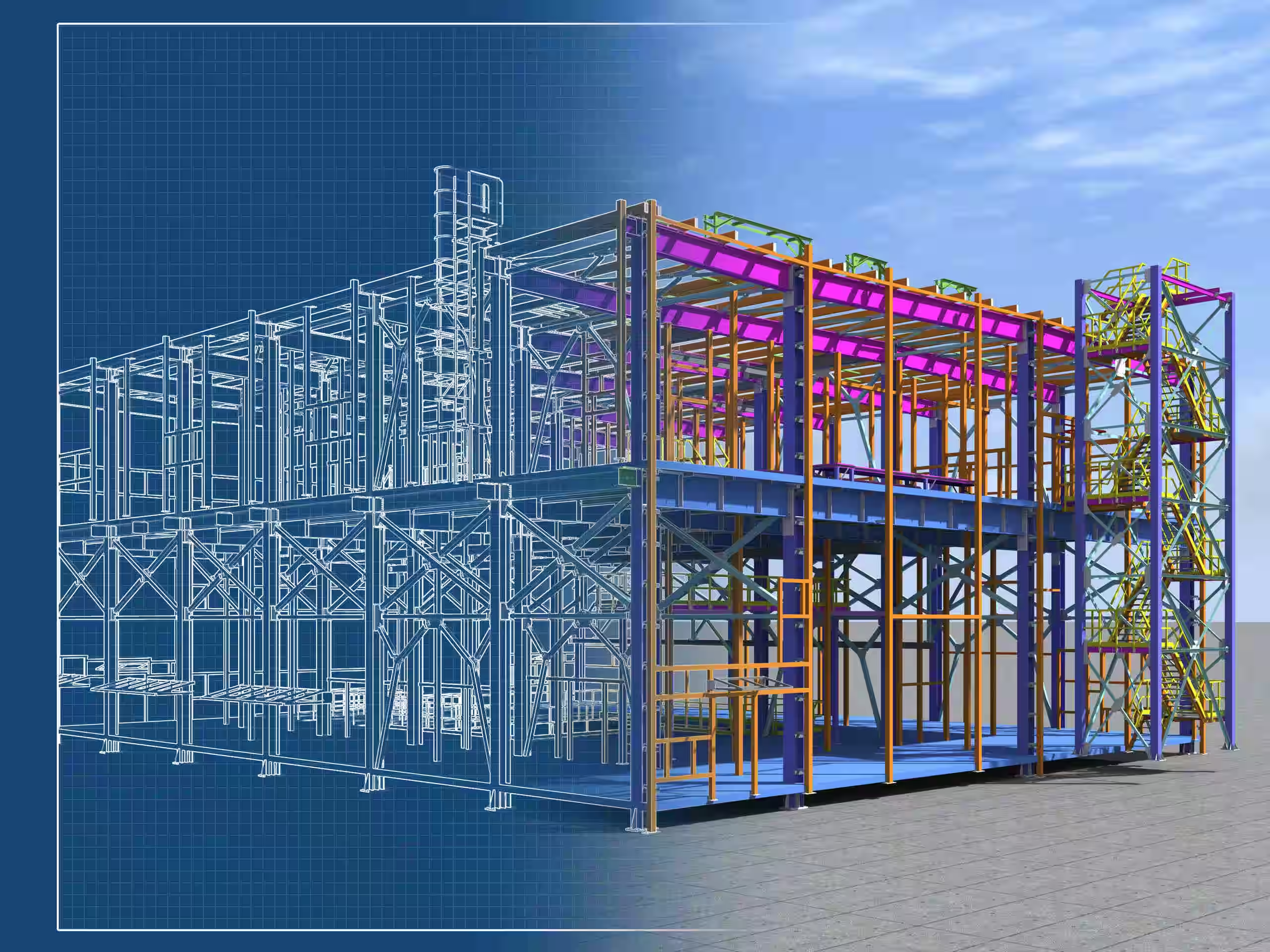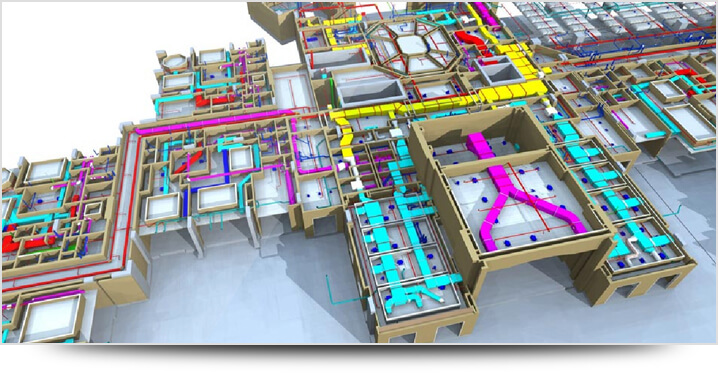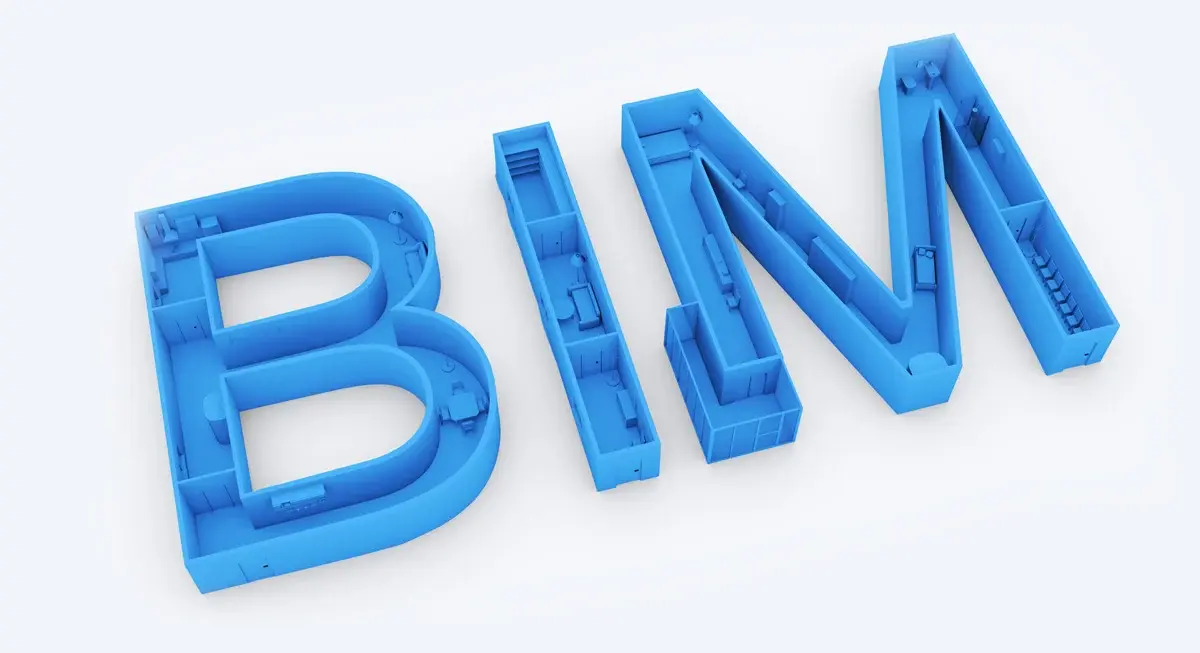.png)
The built environment is changing, and so is the way we design it. From mechanical to electrical to plumbing systems, MEP in architecture has evolved far beyond what it used to be. Today, being a traditional MEP engineer is not enough. If you want to stand out in the competitive MEP industry, you need to master BIM MEP modelling and become proficient with tools like Revit MEP software.
Enter Novatr, a platform that is revolutionising the way engineers prepare for the modern AEC industry. Their 6-month BIM MEP course is designed to help professionals transition into high-demand roles by mastering BIM software, industry workflows, and advanced MEP design strategies. Let us dive in and see how this course can make you industry-ready in just half a year.
Why MEP Engineers Struggle to Enter BIM Roles
Becoming a MEP engineer might seem like the hard part, but the real challenge begins when you try to transition into BIM MEP services. Why? Because the construction world now revolves around integrated design and collaboration, where BIM takes centre stage.
Most engineers, even those fresh out of university, find themselves lost when applying for MEP engineer jobs that demand BIM expertise. The problem? A lack of exposure to practical tools like Revit MEP, limited understanding of MEP systems, and zero knowledge of real-world MEP drawings. With MEP infrastructure becoming increasingly complex and interconnected, knowing how to work within a BIM software ecosystem is no longer optional.
Why Traditional Education Falls Short for BIM Careers

Let us be honest—traditional engineering education often fails to prepare students for modern MEP projects. Sure, you learn theory and calculations, but nobody tells you how to model a building’s ventilation system in Revit MEP, or how to collaborate on MEP BIM modelling with architects and civil engineers.
Traditional courses also overlook the role of digital tools and data-driven design in MEP in architecture. This leaves a gap between what engineers learn and what the industry expects. The result? Underprepared graduates, frustrated job-seekers, and a severe lack of qualified professionals in MEP jobs that require BIM fluency.
Also Read: Top 50 MEP Interview Questions & Answers 2025
Key Skills Required to Succeed in MEP BIM Jobs
To excel in MEP BIM jobs, professionals need more than just technical know-how—they must also be proficient in digital tools and interdisciplinary coordination.
Key skills include:
-
Mastery of Revit MEP and BIM software, enabling engineers to develop intelligent models, generate precise MEP drawings, and streamline project workflows efficiently.
-
In-depth knowledge of MEP systems, covering mechanical, electrical, and plumbing components, is essential for designing integrated and code-compliant MEP infrastructure.
-
Coordination and clash detection skills, which help in resolving design conflicts between systems and ensuring smooth collaboration with architectural and structural teams.
-
Strong communication abilities are vital for working in diverse project teams and presenting technical information clearly during MEP projects.
How Novatr’s BIM MEP Course Bridges the Skill Gap
-
Designed for MEP Engineers, by Industry Experts: Tailored specifically for the needs of aspiring MEP engineers, the course is curated by global AEC professionals with hands-on BIM experience.
-
Hands-On Learning with Real MEP Projects: You will work on live, industry-relevant MEP projects that replicate real-life design challenges, no theory-only lectures here.
-
Master Industry-Leading BIM Software: Gain practical expertise in Revit MEP, the go-to BIM software for modern-day MEP BIM modelling and coordination.
-
End-to-End Exposure to BIM Workflows: From modelling and clash detection to system coordination, you will learn the full spectrum of BIM MEP services used in top firms.
-
Mentorship from Global BIM Experts: Get direct access to international mentors and feedback from industry pros to fast-track your transition into MEP engineer jobs.
-
Job-Ready Portfolio Development: Build a project portfolio that reflects your mastery in MEP design, MEP drawings, and integrated MEP systems, perfect for acing interviews.
-
Collaborative & Interdisciplinary Training: Learn how MEP in architecture interacts with other disciplines in a BIM environment, preparing you for team-based coordination.
-
Flexible Learning for Working Professionals: With online delivery and self-paced modules, the course fits smoothly into your existing schedule without compromising on depth.
-
Affordable Upskilling with High ROI: The MEP course fee is structured to deliver maximum value, making it a wise investment for long-term career growth.
-
Focused Preparation for In-Demand MEP Jobs: Graduate fully prepared for high-growth roles in MEP infrastructure, BIM coordination, and MEP BIM modelling, with expert career support.
Also Read: BIM for MEP: A Complete Guide 2025
What Your 6-Month Learning Path with Novatr Looks Like
The curriculum is structured into four comprehensive studios over 30 weeks, each building upon the last to ensure a holistic learning experience.
1. Foundational Studio (Weeks 1–7): Laying the Groundwork
Your journey begins with a deep dive into what is MEP in construction, exploring the fundamentals of MEP systems and their significance in the AEC industry. You'll gain clarity on BIM workflows and understand the pivotal role of MEP in architecture. This phase also introduces you to Revit MEP, where you will start modelling basic HVAC and plumbing systems, setting the stage for more complex tasks.
2. Core Studio 01 (Weeks 8–17): Building Technical Proficiency
In this phase, you delve deeper into MEP design, focusing on advanced Revit MEP software modelling techniques. You will tackle real-world MEP projects, learning to create detailed MEP drawings and integrating various MEP systems within a unified BIM environment. The emphasis here is on developing precision and efficiency in your modelling skills.
3. Collaboration Studio (Weeks 18–24): Embracing Interdisciplinary Coordination
Modern construction projects demand seamless collaboration across disciplines. This studio emphasises interdisciplinary coordination, teaching you to work alongside architects and structural engineers. You will engage in clash detection exercises, ensuring that your MEP BIM modelling aligns perfectly with other building components, thus honing your skills in delivering coordinated MEP infrastructure solutions.
4. Capstone Project (Weeks 25–30): Showcasing Your Expertise
The culmination of your learning journey is the capstone project, a comprehensive assignment that encapsulates all the skills you have acquired. You'll independently manage a complex MEP project, from initial design to final BIM integration. This project not only reinforces your learning but also serves as a tangible demonstration of your capabilities to potential employers.
By the end of this 6-month journey, you'll be well-equipped to take on challenging roles in the MEP industry, armed with a robust portfolio and the confidence to excel in BIM MEP services.
Also Read: Key Benefits of Revit MEP for MEP Engineers
Conclusion
If you are an aspiring MEP engineer or someone already in the field who feels stuck, the future lies in mastering BIM. With MEP BIM modelling becoming the industry standard, professionals who upskill with tools like Revit MEP and gain hands-on experience with BIM software will be responsible for tomorrow’s MEP projects.
Novatr’s 6-month BIM MEP course bridges where you are and where you want to be. It is not just a learning program; it is a career accelerator explicitly built for the demands of the modern MEP industry. So, this course could be your best next step, whether you are exploring MEP engineer jobs, looking to switch domains, or just curious about how MEP in architecture is changing.
We recommend that you go through BIM Professional Program for MEP Engineers by Novatr if you wish to study it and set yourself up for professional success.
Check out our resource page for more insights and further references.
Was this content helpful to you



.jpeg)
.png)


-1.png)